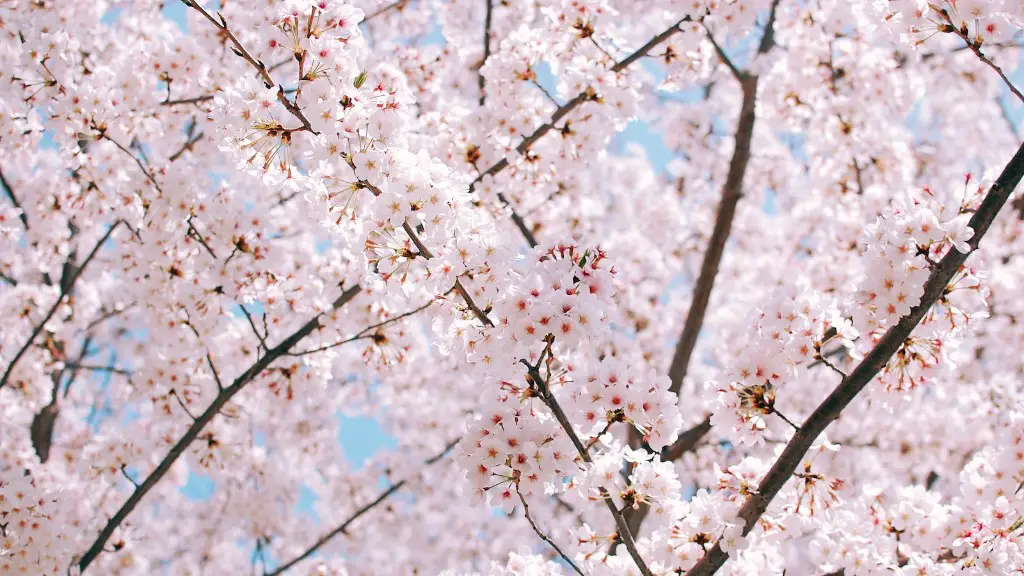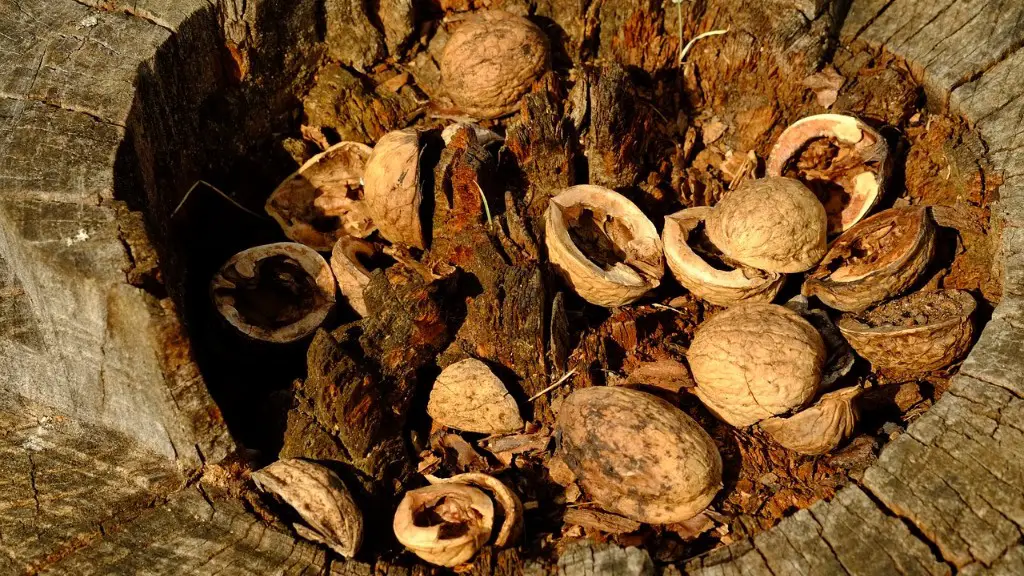Essential Aspects for Pruning Sand Cherry Trees
Pruning sand cherry trees is necessary for their health and growth, and there are some essential aspects one needs to keep in mind before starting. Sand cherry trees require regular pruning to keep them manageable, healthy, and vigorous. Pruning during the winter season or when the tree is still dormant is advisable to get the best results.
Tools and Safety Equipment
When pruning sand cherry trees, it is important to have the right tools and safety equipment. The right pruning tools used correctly can make a huge difference in the health and vigor of the tree. Pruning shears with sharp blades are ideal for light pruning and thinning out of the tree. Long-handled loppers can also be used for heavier pruning. It is also important to use protective gloves and safety goggles to protect oneself from the tree’s thorns.
Smart Pruning Tips
Before starting to prune, it is essential to observe the tree to identify weak, dead, or damaged branches that need to be removed. These branches should be carefully removed from the base of the tree. Pruning sand cherry trees also needs to be done with precision to avoid cutting too much of the branches, which can lead to distress to the tree. Furthermore, it is important to prune in sections, removing only a few branches at a time and concentrating on one side of the tree before moving to the other side.
Benefits of Proper Pruning
Prune sand cherry trees properly and gain some great benefits from it. The tree will become more productive and vigorous, while it will also become better at self-fertilizing as the branches become exposed to more air and light. Pruning helps to thin out the canopy efficiently, creating more room for the remaining branches that will help with the tree’s growth. Additionally, it improves the overall aesthetics of the tree and creates beautiful, manicured flower shapes when done properly.
Signs of Pruning Too Much
Pruning sand cherry trees incorrectly or too much can cause a lot of damage. Some of the signs of pruning too much are visible: the tree looks over-pruned and not aesthetically pleasing. The bark on the tree can show signs of distress, and there may be too many thin branches left on the tree. Also, premature flowering may be observed.
Special Pruning Techniques
There are some special pruning techniques to gain the maximum benefit from pruning sand cherry trees. The tip pruning technique involves trimming the top of the tree, so the tree can get a more natural shape and the center becomes denser. The water sprout technique involves removing any branches that are growing in an unwanted direction, which will help the tree to form a nice structure and shape. The crown thinning technique involves thinning the branches from the center to expose the bark and create air circulation, which can help with the tree’s health and growth.
Best Times for Pruning
The best times for pruning sand cherry trees are during the winter season or when the tree is dormant. This ensures that there will be less sap and a lower chance of insect and disease infestation. Additionally, pruning sand cherry trees in late summer or early autumn will also help to promote new growth and create better flowering in spring.
Disease and Insects Prevention
Pruning should always be done with the utmost care to reduce the risk of diseases and insects. It is important to treat the tools with tools and to clean the wound of the tree to avoid pests and diseases. Regular pruning of sand cherry trees will help keep them healthy, while it is essential to prune the branches that are dead or damaged to keep the tree vibrant.
Additional Resources
Knowing the right techniques of pruning sand cherry trees is essential as it can help promote better flowering, health and growth of the tree. To get a detailed idea of pruning, it is important to consult websites, books, or other resources for further details. Additionally, it is wise to take the help of knowledgeable arborists to understand the process better.
Soil and Fertilization for Sand Cherry Trees
Sand cherry trees grow best in loamy, well-drained soils and need regular fertilization for optimal growth. Wetness and soggy soils can be damaging to the tree, so it is important to ensure that the tree is planted in an area with good drainage. It is advisable to use slow-release fertilizers to give the tree the essential nutrients.
Climate and Environment
Sand cherry trees are suitable for a range of climates, but they prefer warmer climates with mild winters. The tree should be planted in an area that gets plenty of sunlight, and sheltered from cold north winds. The environment should be free from pollutants and toxins, as this can be damaging to the tree. It is also essential to water the tree regularly to promote healthy growth, flowering and fruit production.
Caring and Maintenance
Sand cherry trees require regular care and maintenance for optimal growth. Young trees require more attention, and it is important to prune them regularly to ensure that the branches do not become too thick or overgrown. It is also essential to keep an eye out for any pests or diseases that may infect the tree and to take steps to prevent it from spreading further.
Trimming and Shaping
Trimming and shaping sand cherry trees is important for better flowering and fruit production. Pruning can be used to prune the tree into different shapes, such as vase-like, round or oval-shaped. Trimming can also be used to remove any weak branches that may be encroaching on other parts of the tree. Regular trimming will promote better growth and health of the tree.

